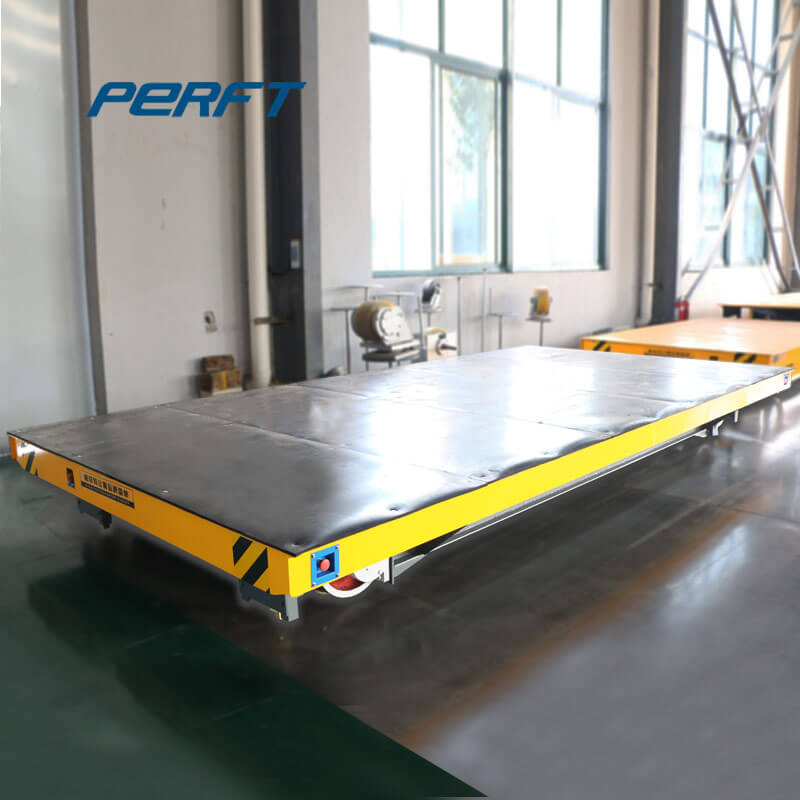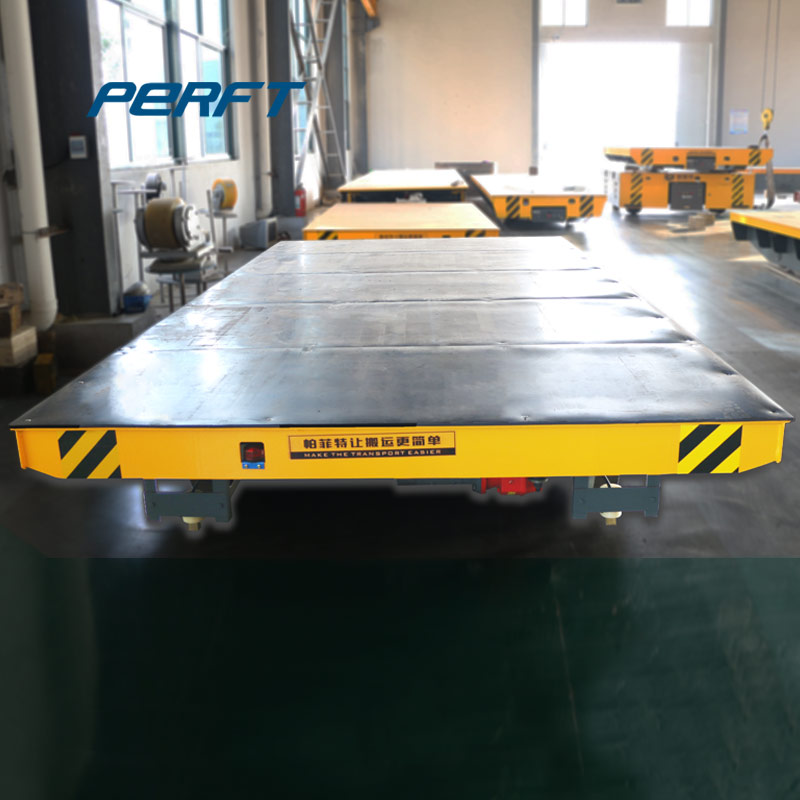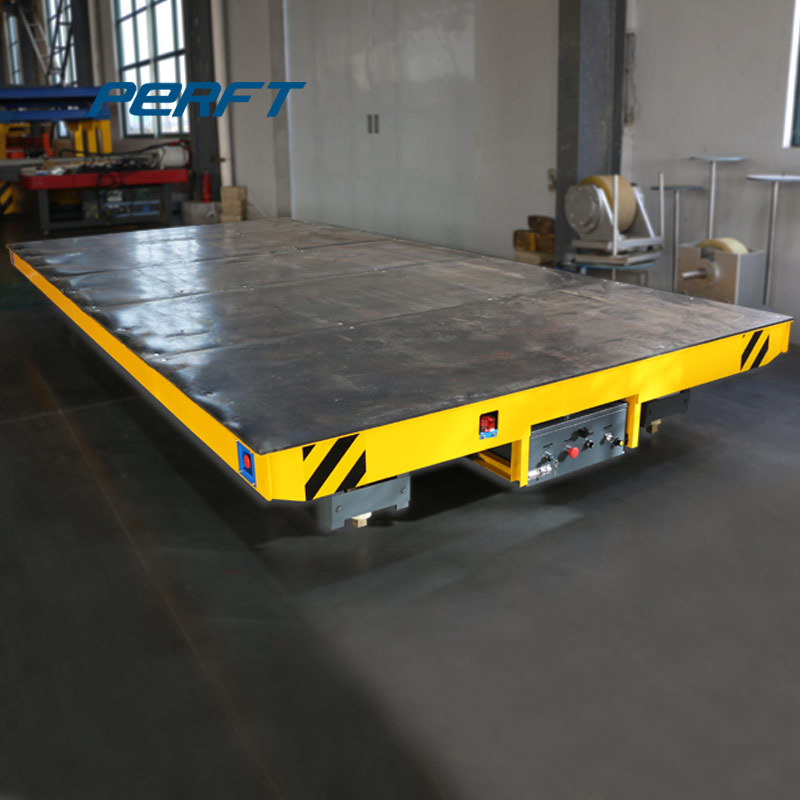


.jpg)
.jpg)
.jpg)
.jpg)
.jpg)
.jpg)
.jpg)
.jpg)
.jpg)
.jpg)
.jpg)
.jpg)
.jpg)
.jpg)
.jpg)
.jpg)
.jpg)
.jpg)
.jpg)
.jpg)
.jpg)
.jpg)
.jpg)
.jpg)
.jpg)
.jpg)
.jpg)
.jpg)
.jpg)
.jpg)
.jpg)
.jpg)
.jpg)
.jpg)
.jpg)
.jpg)
.jpg)
.jpg)
.jpg)
.jpg)
.jpg)
.jpg)
.jpg)
.jpg)
.jpg)
.jpg)
.jpg)
.jpg)
.jpg)
.jpg)
.jpg)
.jpg)
.jpg)
.jpg)
.jpg)
.jpg)
.jpg)
.jpg)
.jpg)
.jpg)
.jpg)
.jpg)
.jpg)
.jpg)
.jpg)
.jpg)
.jpg)
.jpg)
.jpg)
.jpg)
.jpg)
.jpg)
.jpg)
.jpg)
.jpg)
.jpg)
.jpg)
.jpg)
.jpg)
.jpg)
.jpg)
.jpg)
.jpg)
.jpg)
.jpg)
.jpg)
.jpg)
.jpg)
.jpg)
.jpg)
.jpg)
.jpg)
.jpg)
.jpg)
.jpg)
.jpg)
.jpg)
.jpg)
.jpg)
.jpg)
Free-roaming, self-charging, omni-directional robots using traffic management software, markers, vision systems and lasers for self-guidance to manage the automated storage and retrieval of vehicles on trays. MAXIMUM PARKING EFFICIENCY. FLEXIBLE FLOORPLAN CONFIGURATION. INTELLIGENT TRAFFIC MANAGEMENT SOFTWARE. 24/7 VIDEO MONITORING.
Freight Railroads are Addressing Climate Change. For nearly 200 years, freight railroads have provided modern transportation solutions to American businesses and consumers. As freight demand is expected to rise 30% by 2040, the nation’s railroads want to be — and must be — a part of the solution to climate change.
ability to carry 74 tons when the weight of the car is taken into consideration. Trains would consist of an average of 60 cars and hence, have a carrying capacity of 4,440 tons. A modern railcar has a gross capacity of 286,000 lbs or 125.5 tons moving in trains consisting of 100 cars or more, yielding
HL-93 live load vehicle. The design tandem, representing two trailers in series attached to one truck, consists of a pair of 25.0-kip axles (50-kip total vehicle weight) spaced 4.0 feet apart, with the transverse spacing of wheels set as 6.0 feet. The design lane load consists of a load of 0.64 klf uniformly distributed in the longitudinal
efficiency. On a gross ton-miles per gallon basis (gross tons include the weight of rail cars as well as the weight of the freight in them), rail fuel efficiency in 2019 was up 82% since 1980 and up 17% since 2000. U.S. freight railroads move more freight with much less fuel than before thanks to technological innovations,
6 Composition of U.S. freight rail car fleet as of January 1, 2005–10.. 28 7 Passenger car rail fleet, excluding Amtrak, 2004–08..... 29 8 U.S. Class I railroads: Operating revenues, locomotive and freight cars in service year
The Union Railroad is part of the original Lake Erie to Pittsburgh Mills rail system that had its beginning in 1896. During 1897, the URR handled approximately 5 million tons of freight. The tonnage increased through the years, until a peak was reached in 1951, when an all-time high of 74,44O,776 net tons of revenue freight were handled.
trains) x 600 tons (average value transported per train); Flow of tonnes with combined mode in Padova terminal = 700 (vehicle/day) x 30 tons (average weight 1UTI) x 300 (day work/year) = 8.4 x 106 ton on truck. Table 1: Traffic of international players of combined road-rail (2011) [4].
Feb 10, 2017 · Rail laying start from the rear end of turnout. The length of non-standard rails can be determined by the location of insulation joints. Convey steel rails by the monorail vehicle, then lift them to rail ditch manually. When steel rails are placed, connect them and railway sleepers by the rail fastening system and rail components like rail joint.
– Some use a rail seat force of Q o x 1.5 – Allowable bending stress in rail may vary – Allowable rail seat load for determining plate size may vary. Depends on wood specie. Range about 250 –400 psi. (AREMA recommends 200 psi).
Light Weight/LT WT — the empty weight or tare weight of a rail car. The light weight is stenciled in pounds and kilograms on every rail freight car and is abbreviated LT WT. Liquid Eduction Line — a pipe, equipped with a valve, cap, or blind flange closure, that extends to the bottom of a tank car tank for loading and unloading the lading.
May 01, 2006 · In 1883 the company built the first steam wrecking crane, a machine with a 20-ton lift capacity. Ten years later it turned out the first fully revolving derrick. Around the beginning of the 20th century, capacities increased from 40 to 100 tons. In 1913 Industrial Brownhoist built a 120-ton model, followed shortly by 160- and 200-ton derricks.
Rail Car Vibration Equipment: Improve particle flow by vibrating the rail car during unloading. Plus, we are experts in custom equipment manufacturing, with decades of experience. We use 3D product design and analysis to develop the right conveyor for your needs.
Together with trucks and maritime shippers, freight railroads annually carry nearly 61 tons of freight per American each year — much of it via intermodal rail. Many of the products found on a retailer’s shelves might have traveled on an intermodal train, from bananas and beverages to clothing, sporting goods and home appliances.
Rail transfer cart is an efficient material transporting cart powered by the rails, and the rails need to be insulated. We manufacture transfer carts with capacities ranging from 2 tons to over 150 tons, commonly used in machine shops, warehouses, metallurgical plants to move heavy loads throughout the facility or between crane bays.